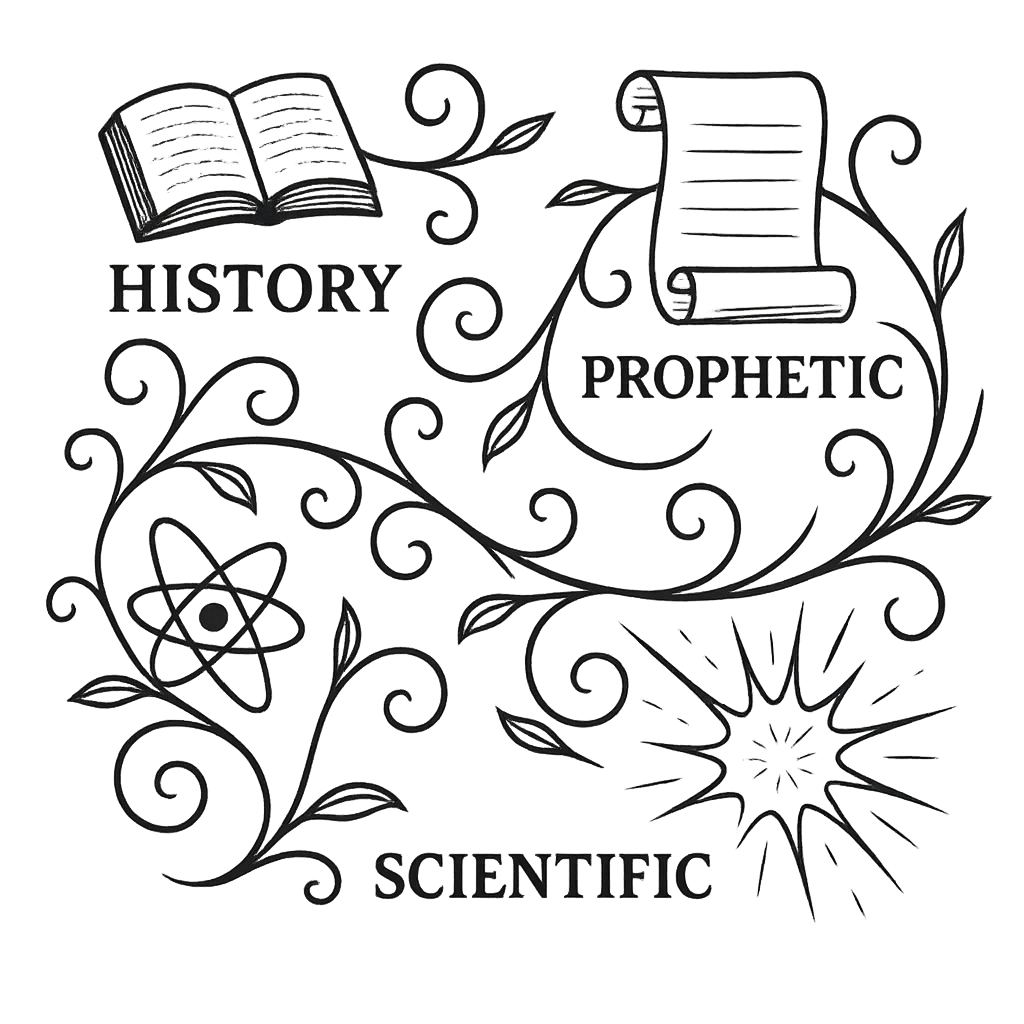Author: Matthew Frisbee
-
New Testament Manuscript Reliability: Comparison to Other Ancient Works
— by
in HistoricalWhen historians evaluate the reliability of ancient writings, they use textual criticism to determine how reliably a surving copy represents the original. In this process, historians typically ask three main questions: By these standards, the Bible — especially the New Testament — surpasses every other ancient work. 📚 Manuscript Comparison: New Testament vs. Classical Works…
-
The New Testament: A Text with Over a Million Ancient Citations
— by
in HistoricalWhen considering the reliability of the New Testament, one of the most overlooked but powerful pieces of evidence comes from the writings of the early church fathers, often called the Patristic citations. These early Christian leaders and apologists quoted the New Testament so extensively in their sermons, letters, and theological works that, even if every…
-
The 500 Eyewitnesses: Paul’s Early Testimony in 1 Corinthians 15
— by
in HistoricalOne of the most striking passages in the New Testament regarding the resurrection of Jesus is found in Paul’s first letter to the Corinthians (1 Corinthians 15:3–8). In it, Paul records appearances of the risen Christ to Peter, the Twelve, James, himself, and more than 500 eyewitnesses at one time. This claim is extraordinary —…
-
Earliest Papyrus Fragments (P52, P66, P75, P46): Evidence for the Gospels
— by
in Historical🧭 Introduction The earliest physical evidence for the New Testament comes from papyrus fragments that preserve portions of the Gospels and other New Testament writings. These ancient manuscripts — such as Papyrus 52 (P52), Papyrus 66 (P66), Papyrus 75 (P75), and Papyrus 46 (P46 )— offer a window into the transmission of Christian Scripture in…
-
The Muratorian Fragment: Early Evidence for the New Testament Canon
— by
in HistoricalThe Muratorian Fragment is the earliest known list of New Testament writings, providing insight into how early Christians recognized and circulated authoritative texts. Discovered in the 18th century in Milan and dating to approximately c. 170–200 CE, the fragment is written in Latin, though it preserves a translation from an original Greek source. 🧭 Introduction…
-
The Masoretic Text: The Standard Hebrew Bible
— by
in Historical🧭 Introduction The Masoretic Text (MT) is the traditional Hebrew version of the Old Testament, carefully copied and standardized by Jewish scribes known as the Masoretes between the 6th and 10th centuries CE. While the Masoretic manuscripts themselves are relatively late, the text they preserve reflects Hebrew Scriptures written roughly between the 12th and 2nd…
-
The Septuagint (LXX): The Greek Translation of the Hebrew Bible
— by
in Historical🧭 Introduction The Septuagint (LXX) is the ancient Greek translation of the Hebrew Bible, created in Alexandria, Egypt between the 3rd and 2nd centuries BCE. It was originally produced so that Greek-speaking Jews — especially those living outside Israel — could read the Scriptures in their everyday language. It’s important to note that the Septuagint…
-
The Caiaphas Ossuary: Archaeological Evidence of the High Priest
— by
in Historical🧭 Introduction The Caiaphas Ossuary is a remarkable archaeological discovery that provides significant evidence of Joseph Caiaphas, the high priest of the Sanhedrin during Jesus’ trial in the early 1st century CE. Disovered in Jerusalem in 1990, this limestone burial box (ossuary) bears the inscription “Joseph, son of Caiaphas,” directly linking it to the high…
-
The Pilate Stone: Archaeological Evidence of Pontius Pilate
— by
in HistoricalThe Pilate Stone 🏛️ Introduction The Pilate Stone is a landmark archaeological discovery that provides concrete evidence of Pontius Pilate and his role as the Roman prefect (governor) of Judea during the early 1st century CE. Discovered in 1961 at Caesarea Maritima, this limestone block bears a Latin inscription explicitly naming “Pontius Pilatus,” confirming historical…
-
Excavating Jerusalem’s Miraculous Pools: Bethesda & Siloam
— by
in HistoricalThanks to modern archaeology, two ancient pools in Jerusalem, Bethesda and Siloam, have been brought to life, exactly where the Gospel of John describes miraculous healings. Excavations have uncovered their structure and features with astonishing detail, confirming the biblical accounts. Pool of Bethesda The Pool of Siloam 💧Pool of Bethesda Biblical Significance:In John 5:2–9 (ESV),…
